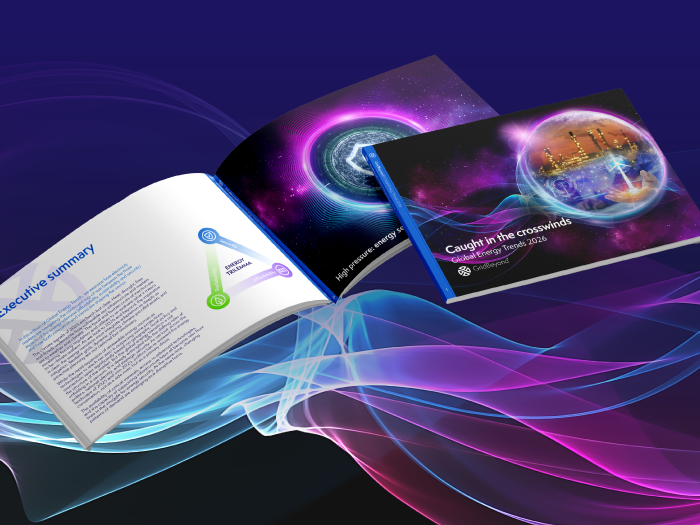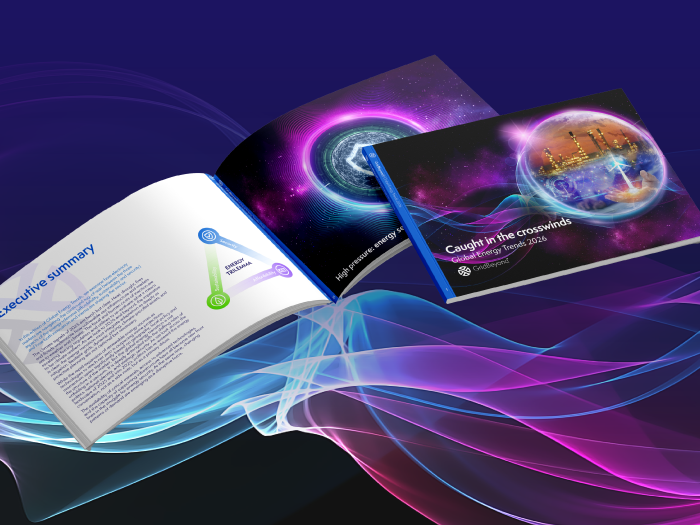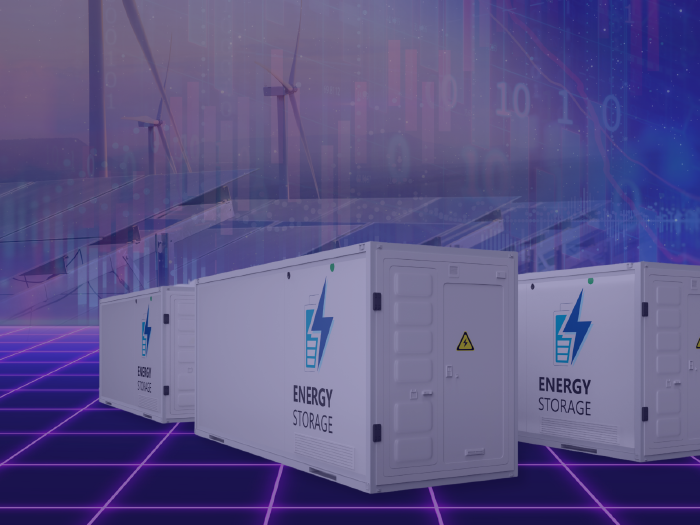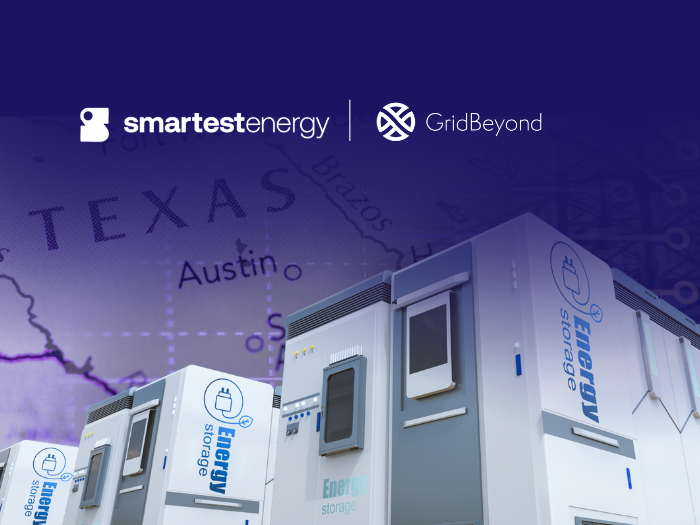News
better business decisions
Posted 1 year ago | 3 minute read

Q&A : Michael Phelan, CEO and Co-Founder, GridBeyond
How has AI technology evolved within your product, and how does it impact your operations?
AI technology has become essential in forecasting energy availability, market prices, and optimising asset utilisation. At GridBeyond, we use AI for real-time decision-making, from forecasting renewable energy availability to optimizing production schedules and asset participation in energy markets.
The evolution of AI technology within our product has been transformative, revolutionising the way we operate and unlocking new levels of efficiency and performance. AI has become indispensable in various aspects of our operations, from forecasting energy availability and market prices to optimizing asset utilisation and decision-making processes.
One of the primary areas where AI has made a significant impact is in forecasting energy availability. With the increasing integration of renewable energy sources such as solar and wind into the grid, accurately predicting energy generation becomes crucial for grid stability and effective energy management. AI algorithms analyse historical data, weather patterns, and other relevant factors to generate precise forecasts of renewable energy output. These forecasts enable us to anticipate fluctuations in energy supply and plan accordingly to balance supply and demand in real-time. Similarly, AI plays a crucial role in forecasting market prices, which is essential for optimising asset utilisation and maximizing revenue generation. By analysing market data, historical trends, and external factors such as geopolitical events and regulatory changes, AI algorithms can predict future market conditions with remarkable accuracy. This enables us to make informed decisions regarding asset deployment, energy trading, and participation in energy markets to capitalise on favourable market conditions and mitigate risks.
While forecasting is undoubtedly a valuable tool, relying solely on it can limit our perspective. In essence, while forecasting (which is based on past and current trends to determine likely outcomes) helps us understand where we might end up, backcasting, that is also employed by GridBeyond, empowers us to actively shape the future we desire, steering towards the chosen outcome. Not only does a backcast validate the forecast, it can indicate the forecast model’s strength of prediction, provides insights of the impacts of different input assumptions, and helps to identify where either the model or data need refinement.
In addition to forecasting, optimization and backcasting, AI enhances our decision-making processes by providing actionable insights and recommendations based on complex data analysis. AI algorithms analyse vast amounts of data in real-time, identify patterns, trends, and anomalies, and generate actionable insights to inform decision-making.
It also enables us to adapt and respond to changing conditions and uncertainties in the energy market with agility and resilience. By continuously learning from new data and feedback, AI algorithms can evolve and improve over time, enhancing their predictive accuracy and decision-making capabilities. This adaptability allows us to navigate dynamic market conditions, anticipate challenges, and seize opportunities proactively, ensuring our operations remain agile and competitive in a rapidly evolving landscape.

GridBeyond closes €52M Series C funding round to continue its platform evolution and invest in new & existing markets
GridBeyond closes €52M Series C funding round to continue its platform evolution and invest in new & existing markets Smart […]
Learn more





